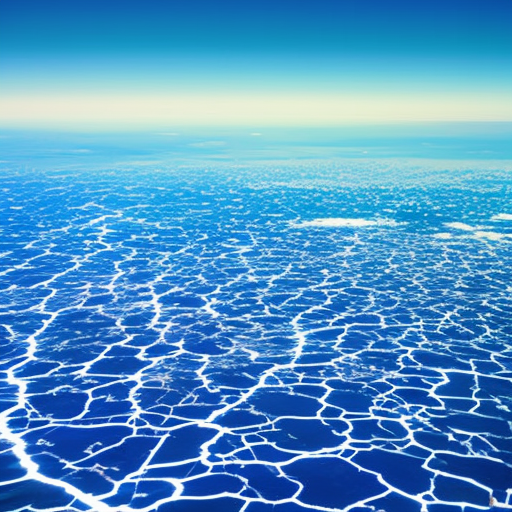Ocean Currents: A Comprehensive Overview
Ocean currents are large-scale movements of water in the ocean that play a crucial role in regulating Earth’s climate and distributing heat around the planet. These currents are driven by a combination of factors, including wind, temperature, salinity, and the rotation of the Earth. Understanding ocean currents is essential for predicting weather patterns, studying marine ecosystems, and even navigating the seas.
Types of Ocean Currents
There are two main types of ocean currents: surface currents and deep currents. Surface currents are driven primarily by wind and are found in the top 400 meters of the ocean. They are influenced by the Earth’s rotation, which causes them to curve and form large circular patterns called gyres. The five major gyres in the world’s oceans are the North Atlantic Gyre, South Atlantic Gyre, North Pacific Gyre, South Pacific Gyre, and the Indian Ocean Gyre.
Deep currents, also known as thermohaline currents, are driven by differences in temperature and salinity. These currents are much slower than surface currents but are responsible for the global conveyor belt, a system of deep-ocean circulation that transports heat and nutrients around the world. The sinking of dense, cold water in the polar regions and the upwelling of warmer water in the equatorial regions drive this circulation.
Causes and Effects of Ocean Currents
Ocean currents are primarily caused by three factors: wind, temperature, and salinity. Winds blowing across the surface of the ocean create friction, which in turn generates currents. Temperature differences between regions can also drive currents, as warm water tends to rise and cold water sinks. Salinity, or the saltiness of the water, affects its density, with saltier water being denser and more likely to sink.
The effects of ocean currents are far-reaching. They play a vital role in regulating Earth’s climate by transporting heat from the equator to the poles. For example, the Gulf Stream carries warm water from the Gulf of Mexico to the North Atlantic, moderating the climate of Western Europe. Ocean currents also influence weather patterns, as they can transport moisture and heat over long distances, affecting the formation of storms and hurricanes.
Impact on Marine Life
Ocean currents have a profound impact on marine ecosystems. They transport nutrients, oxygen, and food particles, which are essential for the survival of marine organisms. Upwelling, the process by which deep, nutrient-rich water rises to the surface, is driven by ocean currents and supports the growth of phytoplankton, the base of the marine food chain. Many marine species, including fish and marine mammals, rely on these currents for their survival and migration patterns.
Human Interaction and Importance
Humans have long relied on ocean currents for navigation and trade. Sailors have used surface currents to travel more efficiently, while deep currents have been crucial for understanding the movement of goods and debris in the ocean. Today, ocean currents are also being harnessed for renewable energy. Tidal and ocean current power plants use the kinetic energy of moving water to generate electricity.
Understanding ocean currents is essential for various scientific disciplines, including climatology, oceanography, and marine biology. Scientists use a combination of satellite data, computer models, and direct measurements to study and predict the behavior of ocean currents. This knowledge is crucial for predicting the impacts of climate change on ocean circulation, as well as for managing and protecting marine ecosystems.
In conclusion, ocean currents are dynamic and complex systems that play a fundamental role in Earth’s climate and the distribution of heat around the planet. They are driven by a combination of factors, including wind, temperature, and salinity, and can have far-reaching effects on weather patterns, marine ecosystems, and human activities. Understanding and monitoring ocean currents is crucial for predicting climate change impacts, managing marine resources, and ensuring the sustainable use of our oceans.












